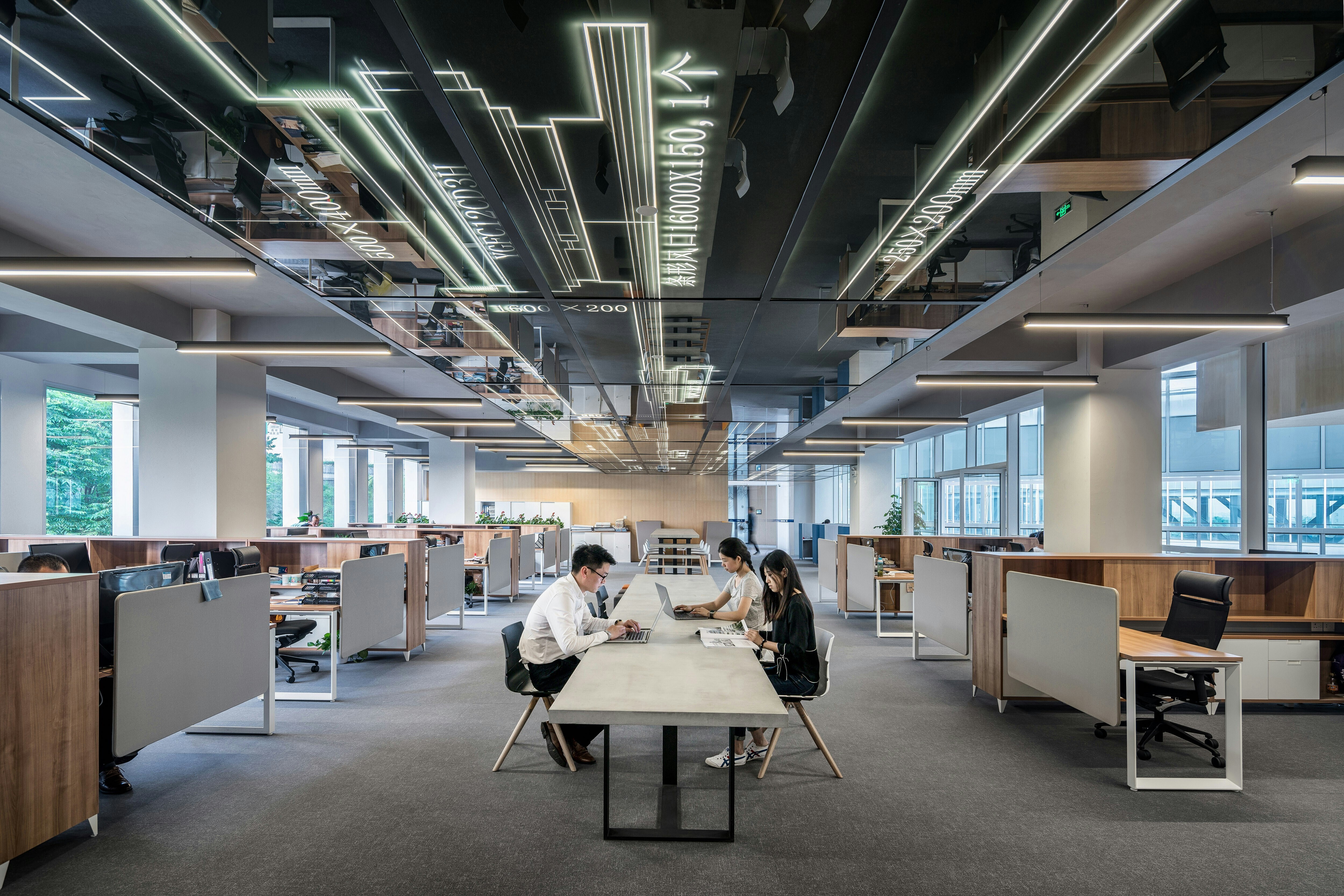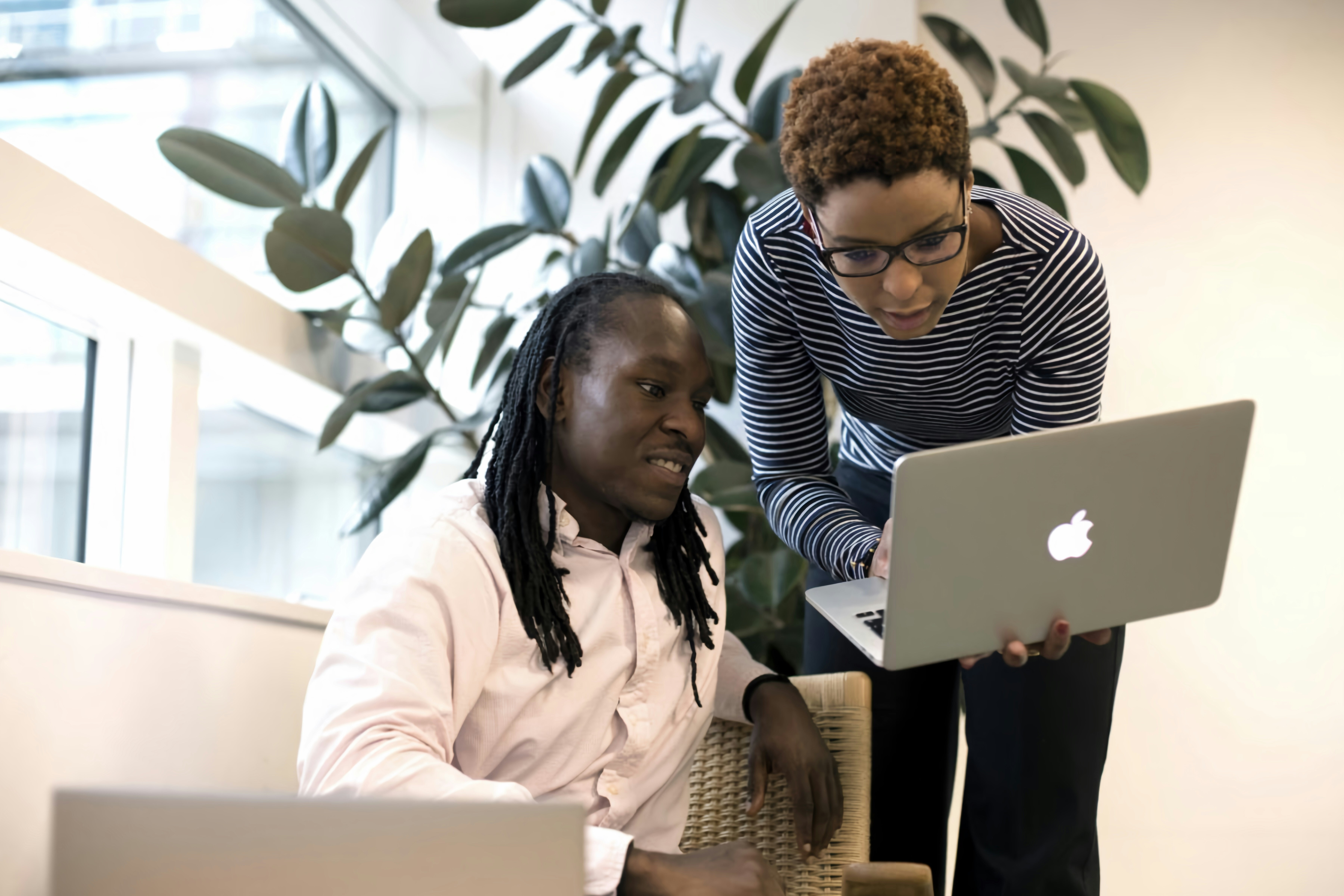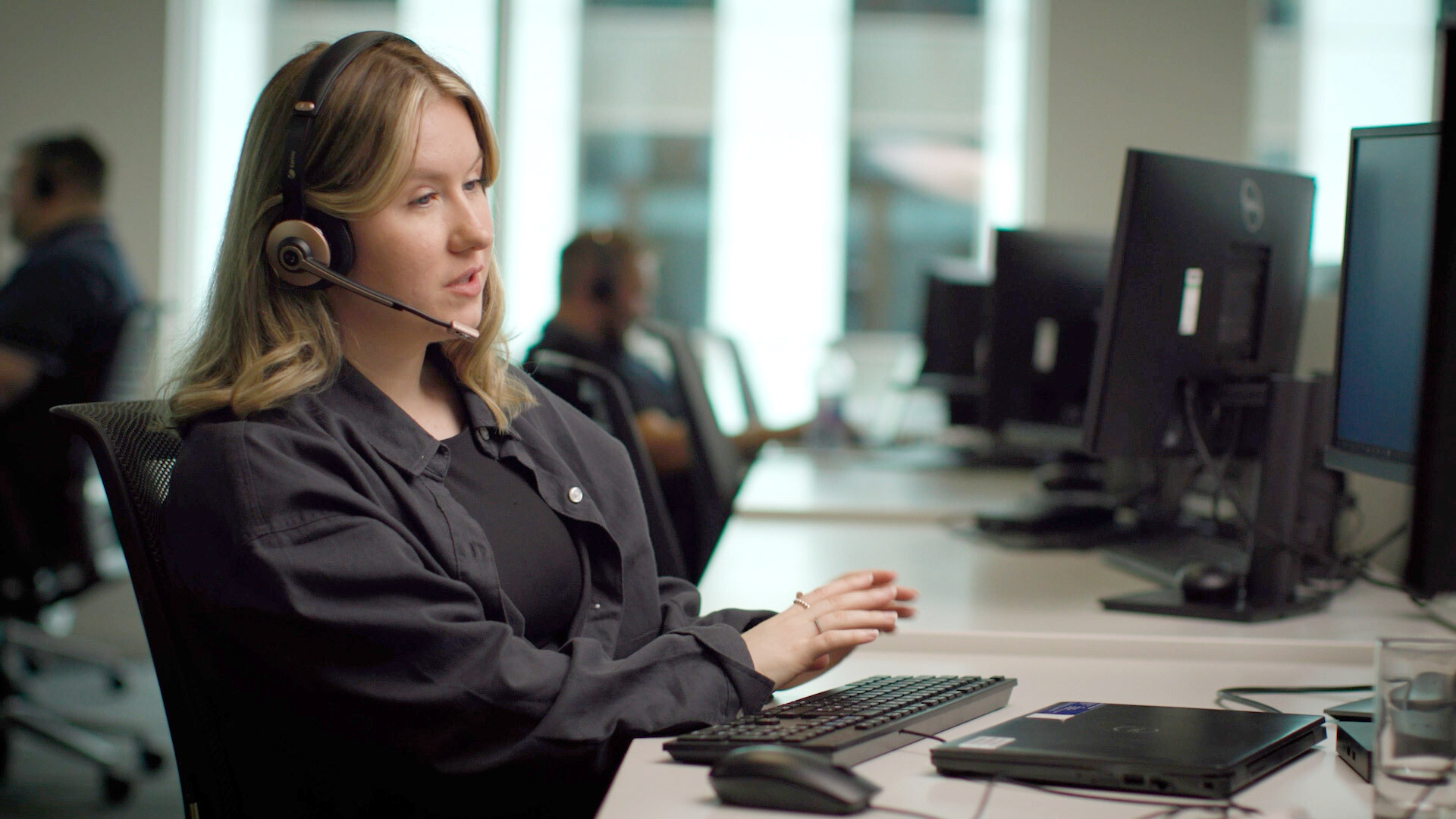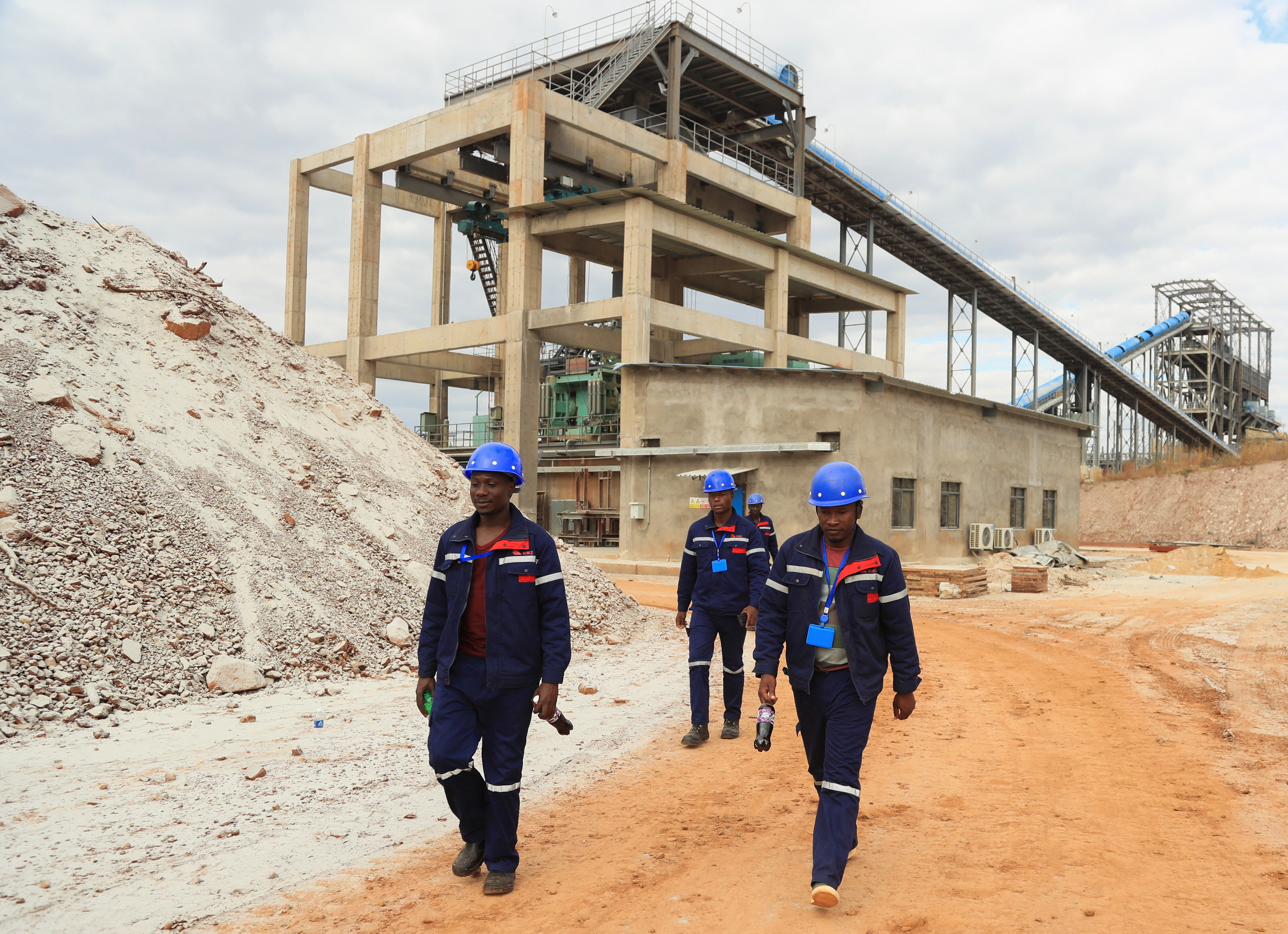How to outsmart bias when you're recruiting

'In seconds of seeing someone, we will form our personal prejudice'
Over 12 years of working with blind people, teaching them photography, it became clear to me that many sighted people suffer from “mental blindness”, created by their prejudices and stereotypes. We label people, objects and situations very quickly using visual cues. What happens, when you talk and listen to someone first, and see them afterwards for the first time? Could we actually make better decisions about people without seeing them?
More than ever, we need inclusive leaders who want to humanize the workplace culture. I believe that through storytelling we get to understand better the context of people’s actual situation; we can empathize and be curious about who they are, and connect with what we might have in common, rather than being limited by labels and our prejudice.
Six years ago, I founded Capaxia, a consultancy firm focused on inclusive leadership and human potential, with the purpose of humanizing a diverse workforce and developing further a methodology that would allows people to be seen beyond labels, focusing on their story, values, motivations, transferable skills and potential.
Knowing that we are all biased and that in seconds of seeing someone, we will form our personal prejudice, which will have an impact on our decisions, I decided to develop – along with other experts in the field like David Royston-Lee – a methodology based on identifying people’s potential by implementing blind job interviews, where we discover their potential through people’s stories.
More than ever, greater diversity in our organizations is needed. To achieve this, we must be open to thinking out of the box and willing to restructure some processes in order to attract, develop and retain talent with potential.

How does this new process work?
Firstly, the interviewer cannot see the person to be interviewed or their CV before starting, in order to avoid bias drawn from our first visual impression.
Secondly, blind interviews have been done in two different ways in the organizations where they have been applied. The interviewer interviews from behind a screen or with their back turned to the candidate during the beginning of the interview, and can ask neither name nor age nor where they studied or worked previously.
At this stage, what we are doing is changing the way we filter information about a candidate. We start by hearing their story, moving from content to context, in order to identify their potential and the right match, for the job at which they would be best.
The set of questions we have developed are behavioral, allowing us to identify transferable skills, motivations and values through people’s stories. At this stage, we are enabling an interaction where empathy and connection can happen.
Thirdly, after 15 minutes or halfway through the interview, we turn around and carry on, allowing a couple of minutes to connect with the person who is being interviewed and ask how are they doing so far. This period gives time for an interviewer to become aware of how their bias is affected by what they see, but by then it is too late as you have already been getting to know each other without judging by sight.
Fourthly, at the end of the interview you can ask their name, and where they studied and worked, if you consider it crucial information.
Next time you have the opportunity to interview somebody for a job at your company, try receiving them with your chair turned in the opposite direction to the candidate. Then carry out the first five to 15 minutes of the interview without looking at them. This will no doubt be rather uncomfortable for both parties. However, it creates an opportunity to level the playing field listening to the person and to form opinions without prejudging them from sight.
Make sure you prepare the candidates by letting them know in advance that when they walk into the room there will be people (it is recommended to have more than one to balance the bias each person may have) sitting with their backs towards the interviewee or behind a screen. Tell them the purpose is to help outsmart unconscious bias on both sides.
The person being interviewed usually feels slightly awkward, initially, but quickly becomes more relaxed. Their answers are usually more reflective of how they really think, as opposed to giving an answer they believe the interviewer wants to hear.
The people conducting the interview usually find that they concentrate much more on what the candidate is saying, rather than visual aspects during the interaction.
This inclusive process humanizes the way people identify, develop and retain talent. It is part of levelling the playing field, so everyone gets an opportunity to share their story and is seen from their potential rather than from labels that unfairly limit them.
Don't miss any update on this topic
Create a free account and access your personalized content collection with our latest publications and analyses.
License and Republishing
World Economic Forum articles may be republished in accordance with the Creative Commons Attribution-NonCommercial-NoDerivatives 4.0 International Public License, and in accordance with our Terms of Use.
The views expressed in this article are those of the author alone and not the World Economic Forum.
Stay up to date:
Future of Work
Forum Stories newsletter
Bringing you weekly curated insights and analysis on the global issues that matter.
More on Jobs and the Future of WorkSee all
Sebastian Reiche
November 19, 2025






